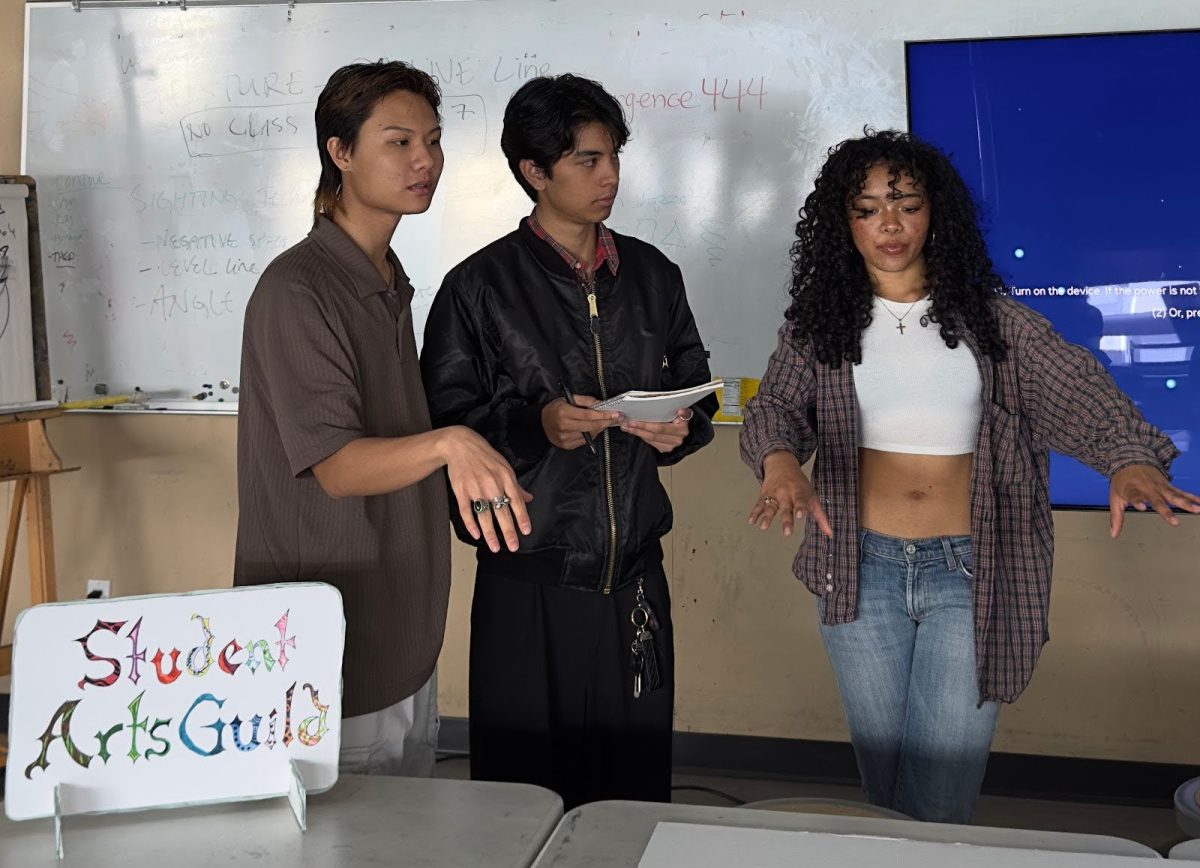by Alice Robinson


I arrived early to the April 23 Active Shooter Response training in the Laney College Forum. I expected to see at least a handful of students, but only two people were sitting at desks. By the time we began a few minutes later, a total of five participants showed up; most were staff or faculty. I attended the first of four sessions.
Soon we discussed safety in the face of great danger. The barbaric act of an active shooter, I realized, was a “numbers game.”
The numbers that Lt. Gerald Verbeck of the Alameda County Sheriff’s Office threw out, along with suggestions from an educational video, forced me to think about the necessity of acting fast. Those who don’t act quickly, either by leaving the area or protecting themselves, can become statistics.
Verbeck said the shooter has about “five minutes, give or take a minute or two,” to carry out their actions.
According to Verbeck, who had a straightforward speaking style, the attacker’s mentality is to kill as many people as possible.
The first officers on the scene won’t stop to help the injured — they will hone in on stopping the suspect. Verbeck said this way officers will lessen the total casualties.
An Active Shooter Event flyer from the U.S. Homeland Security Office said, “Expect rescue teams to follow initial officers.” Well, that’s a relief.
If you’re starting to feel like I’ve been describing the latest Dwayne “The Rock” Johnson movie, that’s fine, because here comes the tie-in to movies.
At the start of the six-minute active shooter training video, filmed in Houston, I was hopeful that I’d get a better sense of the realities of an active shooting situation.
The video was relevant and explained the need to move quickly. However, I lost hope when it became unrealistic.
The actors in the “average workday” situation seemed too calm, and the sequence of events seemed too predictable.
Verbeck reminded us that we should make a habit of locating exits and windows anytime we walk into a room, including classrooms.
I looked around the red-brick Forum room. A couple of neon exit signs adorned the wall, but they didn’t seem to lead to an exit. I made note of the two doors that did, in fact, lead out of the room.
The Forum was part of the original campus built in 1970–71, according to the Laney online archives.
I was still thinking about numbers.
I noticed a couple of fire alarms and several cameras. I didn’t feel like I would be safe if someone intent on taking lives stormed the room.
At the event I met Kerri Frederick, who teaches elementary school students in Oakland. She wanted to know more about how she could protect her students if a shooting occurred.
I’ve mentioned a “numbers game,” because it’s a message that I took away from the event. One of the facts on the Homeland Security flyer said active shooting is “unpredictable and evolves quickly.” Another one: “Victims are selected at random.”
As these statements show, an active shooter’s actions lack a shred of empathy. Active shooter “educational movies” need to feature realistic portrayals, otherwise they are not serving a vulnerable public.
Alice Robinson is a writer for the Laney Tower
























